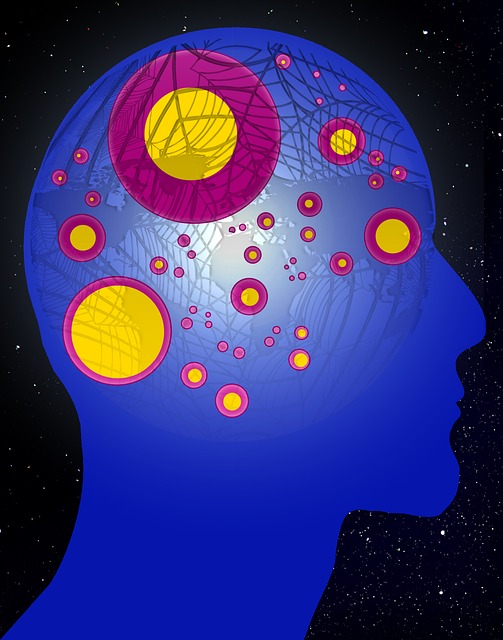In my latest 3Quarksdaily column, I discuss the issue of ageism (prejudice against the elderly) and a very well designed new study which compares different forms of cognitive training in older adults. There is a lot of misinformation floating about on how vitamin supplements or solving word puzzles may improve cognitive function, but there is little scientific data available to back it up. The biggest strength of this study is that it used appropriate controls: The enrolled adults were either enrolled in 14 weeks of classes in which they acquired new skills or spent similar amounts of time in social activities or watched educational documentaries and solved puzzles on their own.

The recent study “The Impact of Sustained Engagement on Cognitive Function in Older Adults: The Synapse Project” published in the journal Psychological Science by the psychology researcher Denise Park and her colleagues at the University of Texas at Dallas is an example of an extremely well-designed study which attempts to tease out the benefits of participating in a structured activity versus receiving formal education and acquiring new skills. The researchers assigned subjects with a mean age of 72 years (259 participants were enrolled, but only 221 subjects completed the whole study) to participate in 14-week program in one of five intervention groups: 1) learning digital photography, 2) learning how to make quilts, 3) learning both digital photography and quilting (half of the time spent in each program), 4) a “social condition” in which the members participated in a social club involving activities such as cooking, playing games, watching movies, reminiscing, going on regular field trips but without the acquisition of any specific new skills or 5) a “placebo condition” in which participants were provided with documentaries, informative magazines, word games and puzzles, classical-music CDs and asked to perform and log at least 15 hours a week of such activities. None of the participants carried a diagnosis of dementia and they were novices to the areas of digital photography or quilting. Upon subsequent review of the activities in each of the five intervention groups, it turned out that each group spent an average of about 16-18 hours per week in the aforementioned activities, without any significant difference between the groups. Lastly, a sixth group of participants was not enrolled in any specific program but merely asked to keep a log of their activities and used as a no-intervention control.
When the researchers assessed the cognitive skills of the participants after the 14-week period, the type of activity they had been enrolled in had a significant impact on their cognition. For example, the participants in the photography class had a much greater degree of improvement in their episodic memory and their visuospatial processing than the placebo condition. On the other hand, cognitive processing speed of the participants increased most in the dual condition group (photography and quilting) as well as the social condition. The general trend was that the groups which placed the highest cognitive demands on the participants and also challenged them to be creative (acquiring digital photography skills, learning to make quilts) showed the greatest improvements.
However, there are key limitations of the study. Since only 221 participants were divided across six groups, each individual group was fairly small. Repeating this study with a larger sample would increase the statistical power of the study and provide more definitive results. Furthermore, the cognitive assessments were performed soon after completion of the 14-week programs. Would the photography group show sustained memory benefits even a year after completion of the 14-week program? Would the participants continue to be engaged in digital photography long after completion of the respective courses?
Despite these limitations, there is an important take-home message of this study: Cognitive skills in older adults can indeed be improved, especially if they are exposed to an unfamiliar terrain and asked to actively acquire new cognitive skills. Merely watching educational documentaries or completing puzzles (“placebo condition”) is not enough. This research will likely spark many future studies which will help define the specific mechanisms of how acquiring new skills leads to improved memory function and also studies that perhaps individualize cognitive training. Some older adults may benefit most from learning digital photography, others might benefit from acquiring science skills or participating in creative writing workshops. This research also gives us hope as to how we can break the vicious cycle of ageism in which older citizens are marginalized because of cognitive decline, but this marginalization itself further accelerates their decline. By providing opportunities to channel their creativity, we can improve their cognitive function and ensure that they remain engaged in the community.
If you are also interested in how this study fits into the broader context of ageism, please read the complete article at 3QD.
![]()
Denise C. Park, Jennifer Lodi-Smith, Linda Drew, Sara Haber, Andrew Hebrank, Gérard N. Bischof, & Whitley Aamodt (2013). The Impact of Sustained Engagement on Cognitive Function in Older Adults: The Synapse Project Psychological Science DOI: 10.1177/0956797613499592



